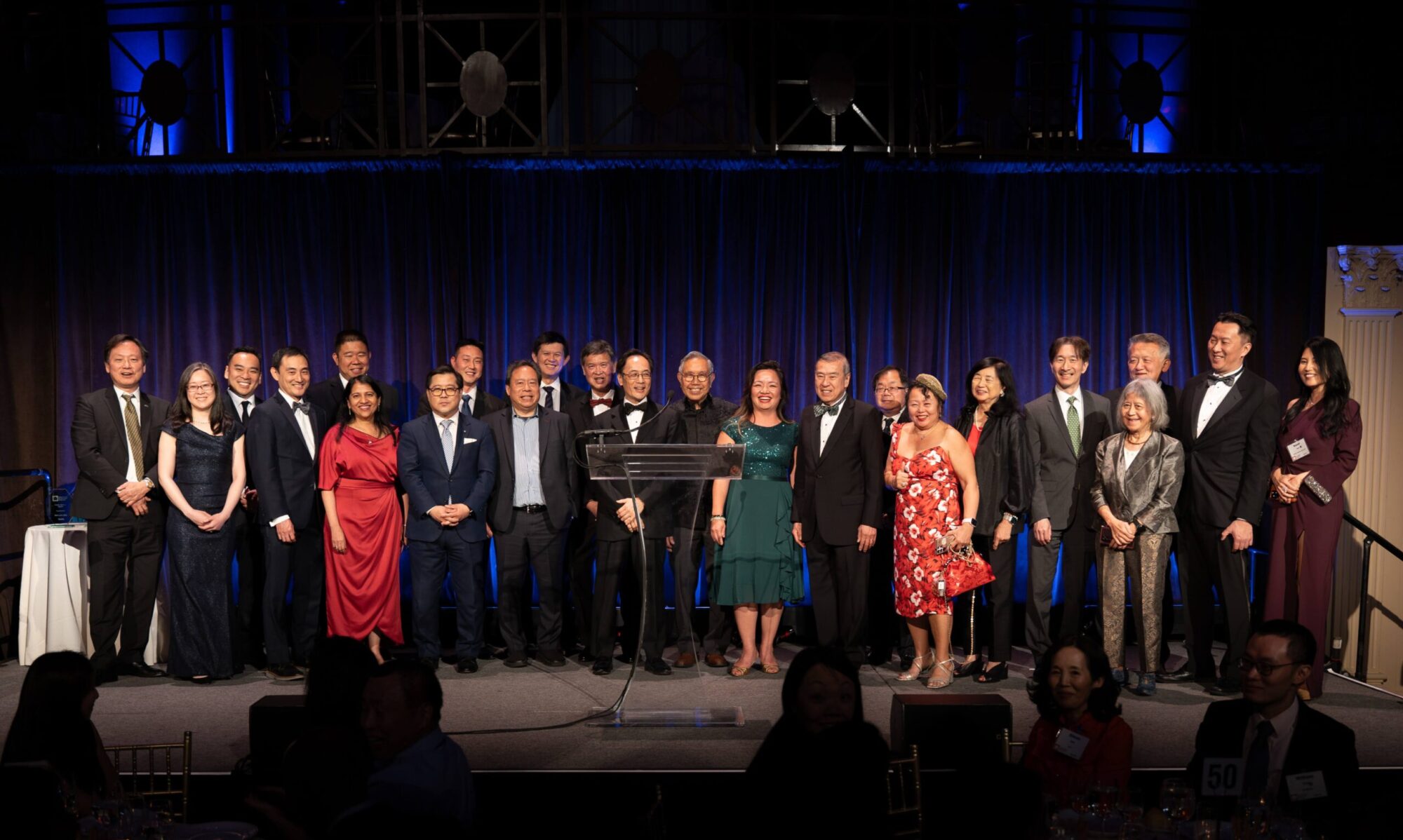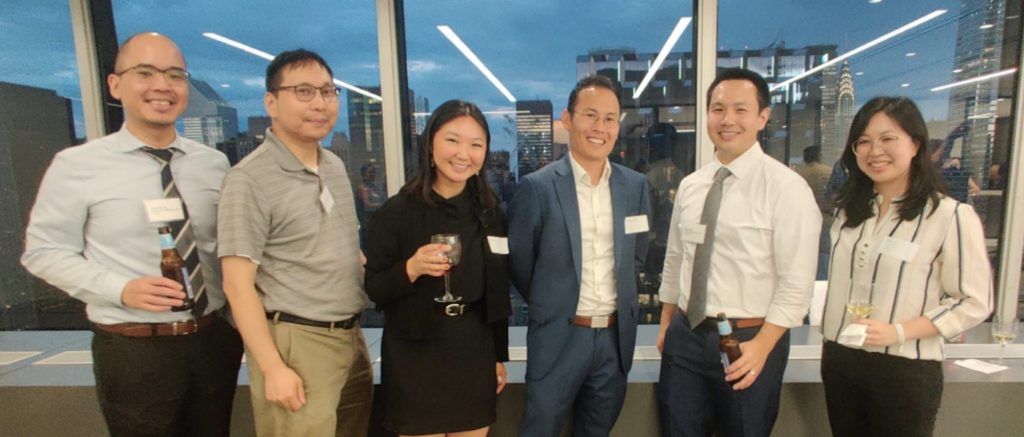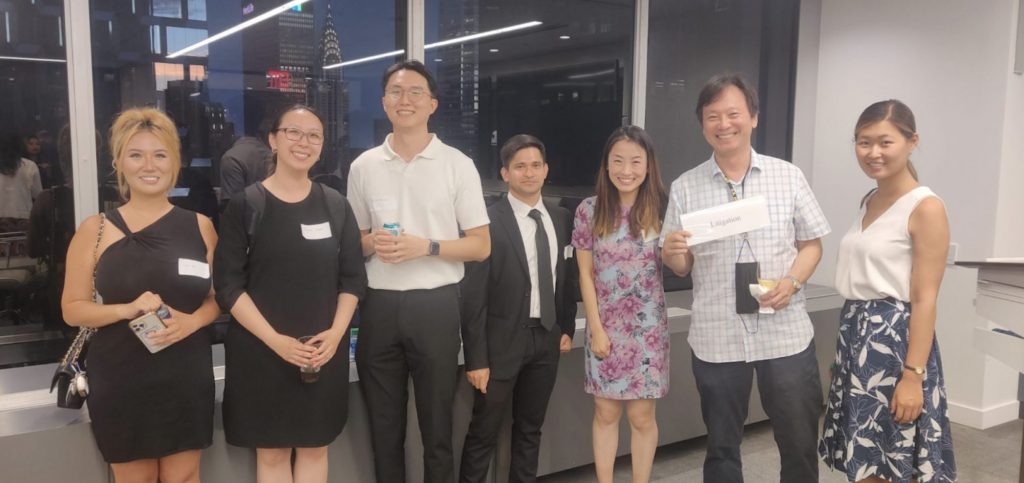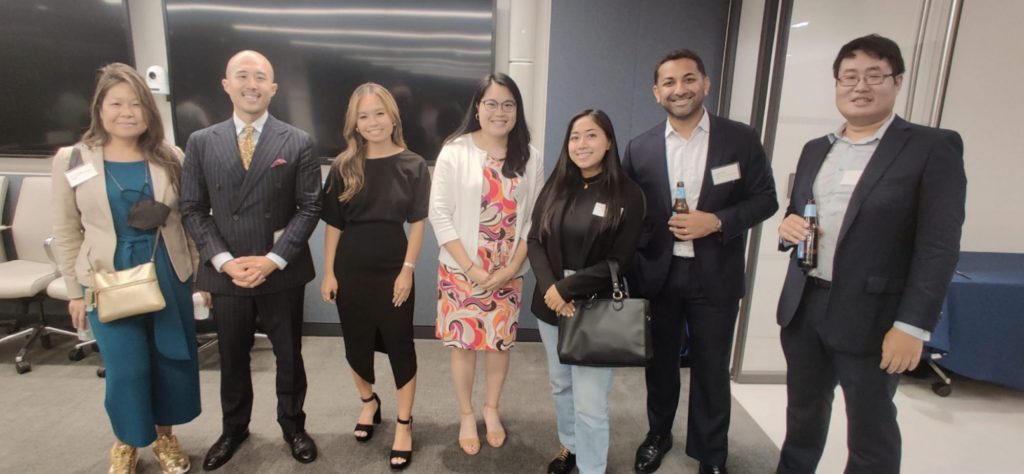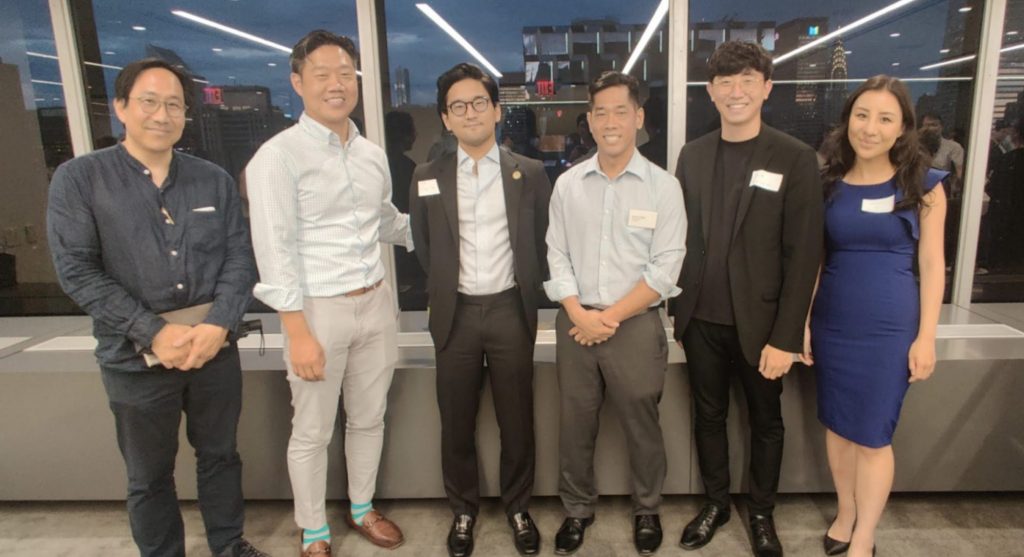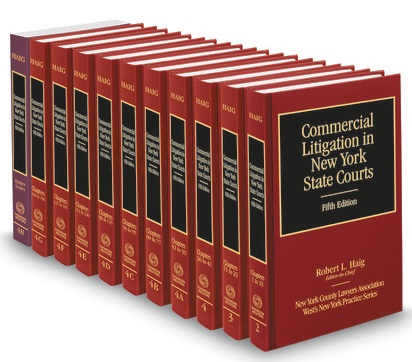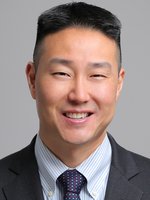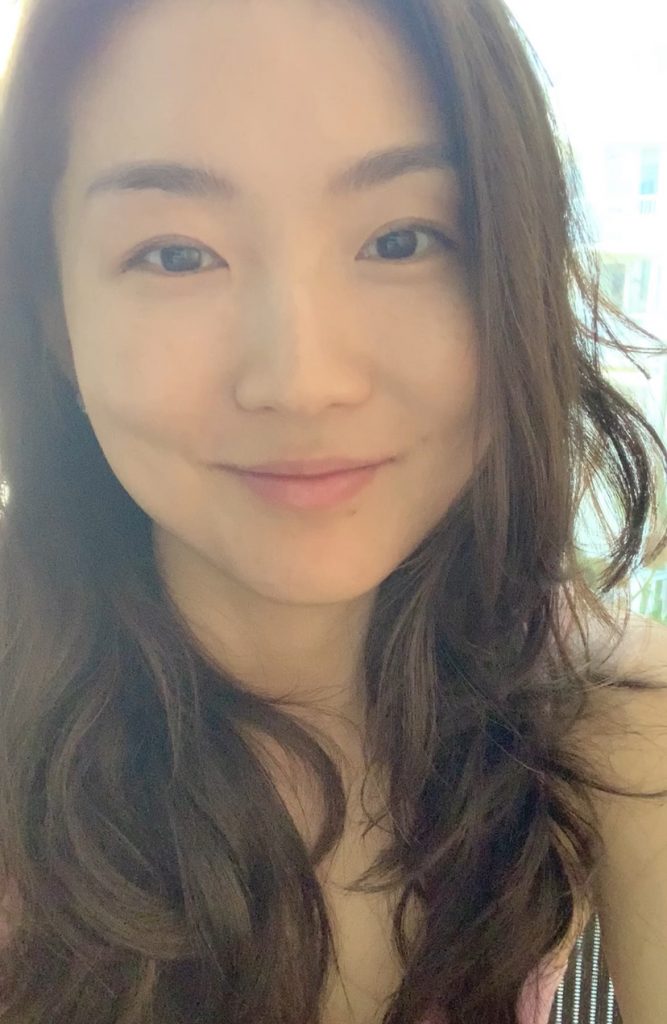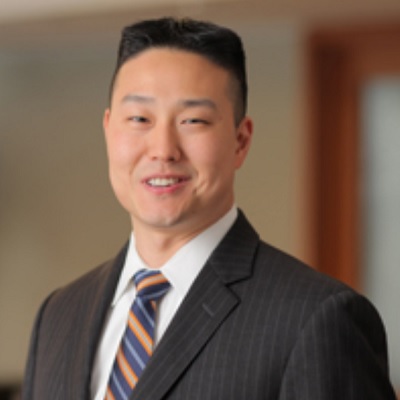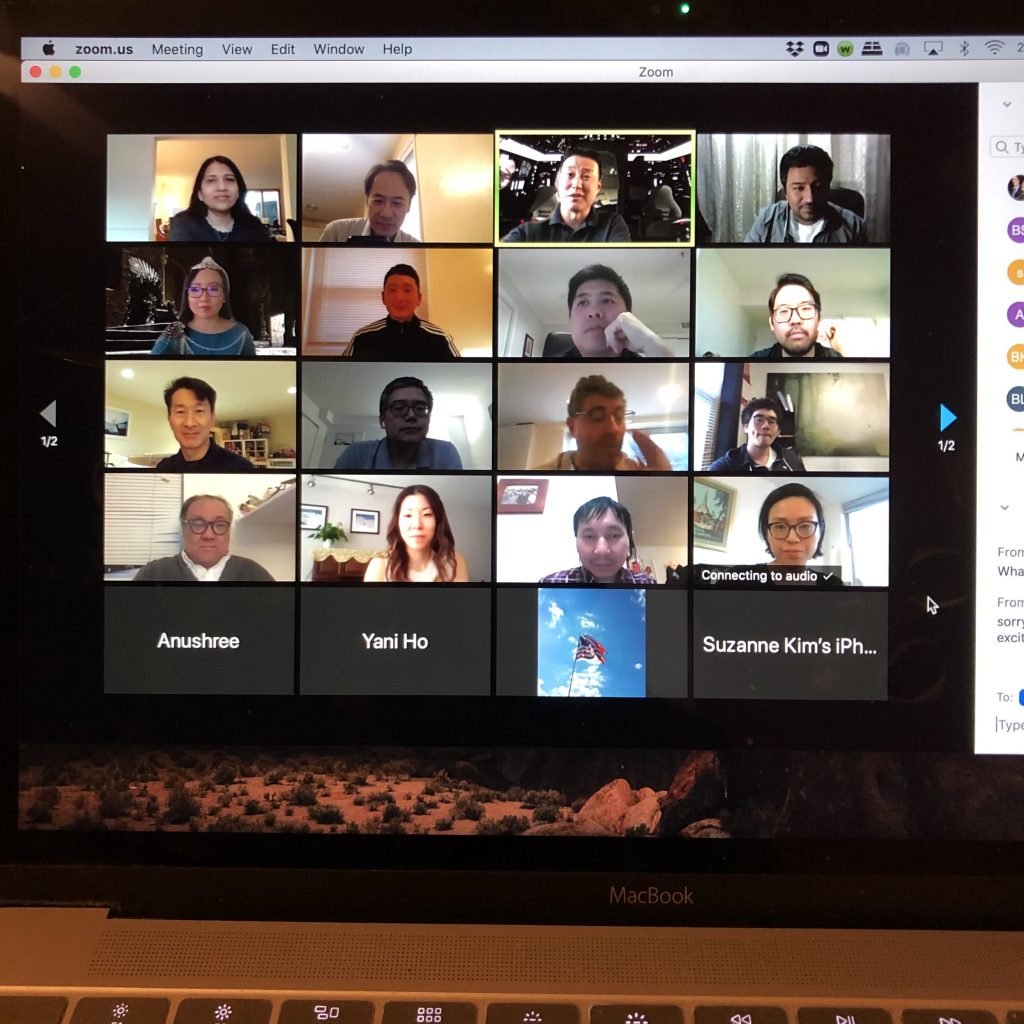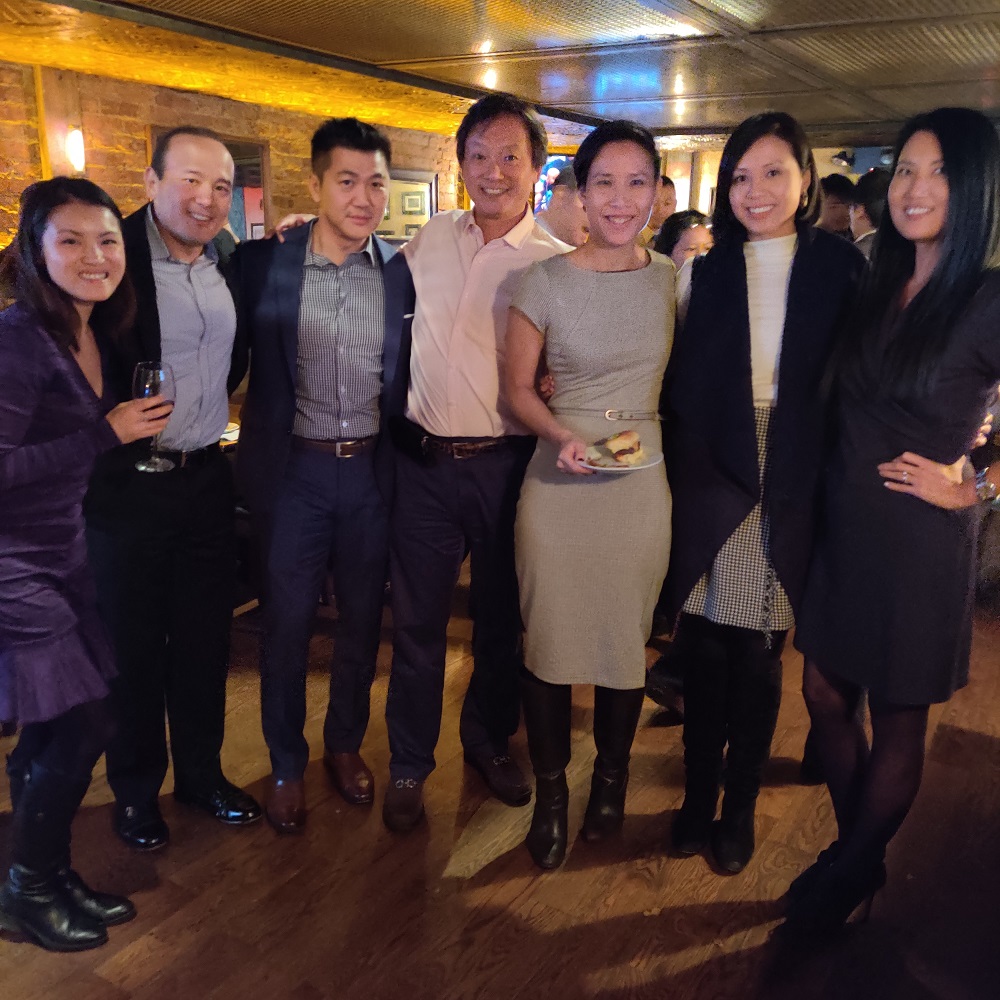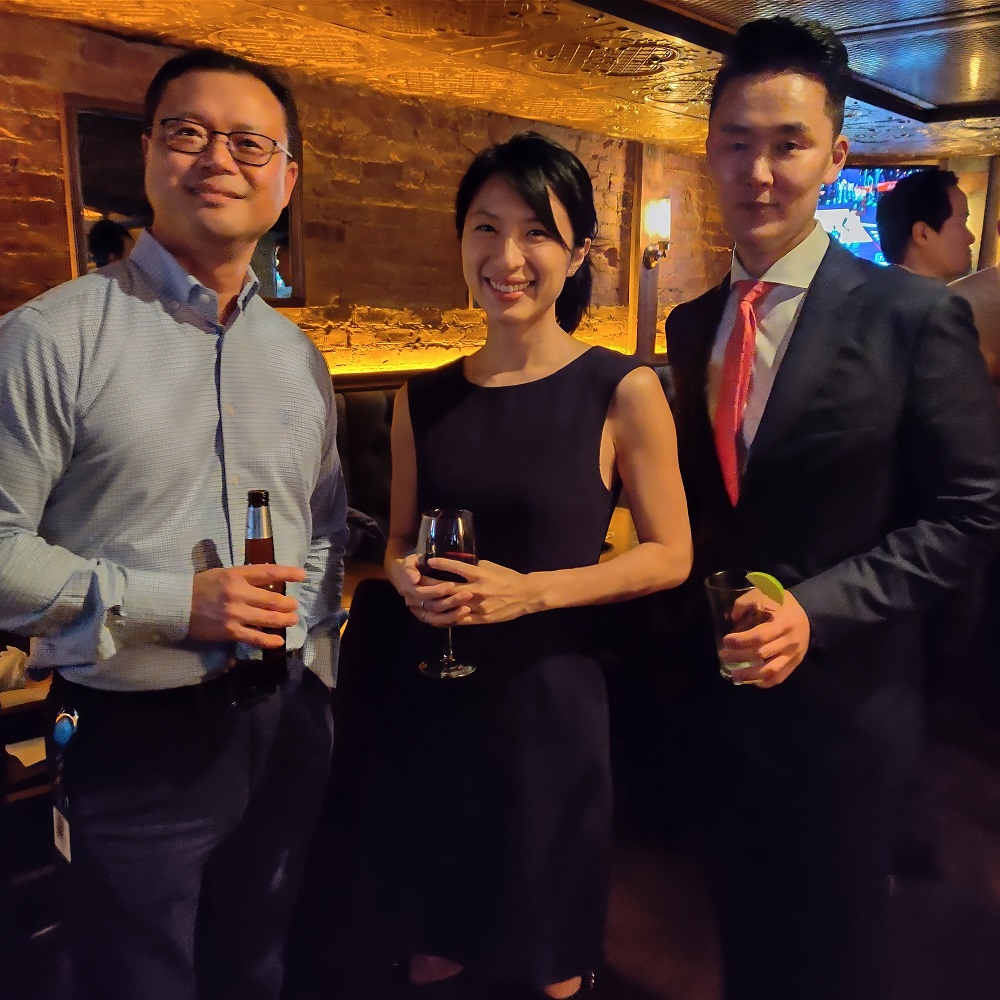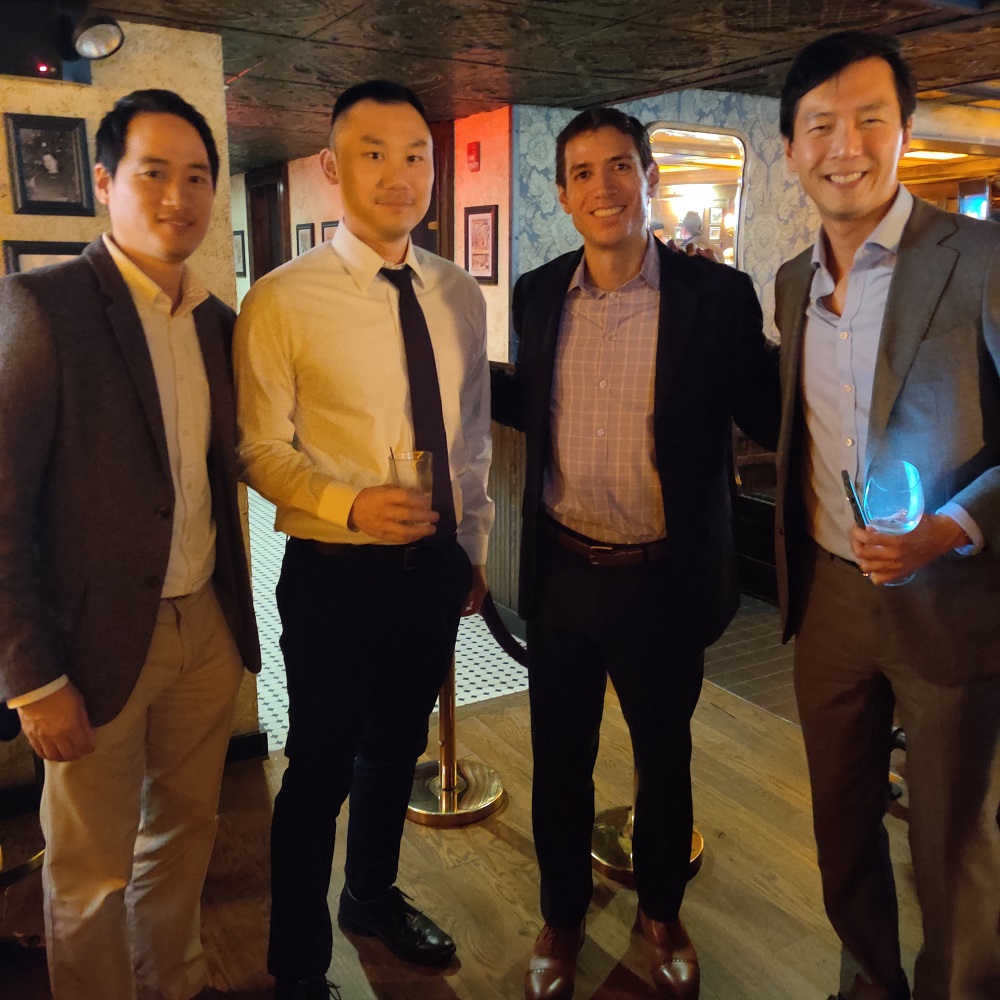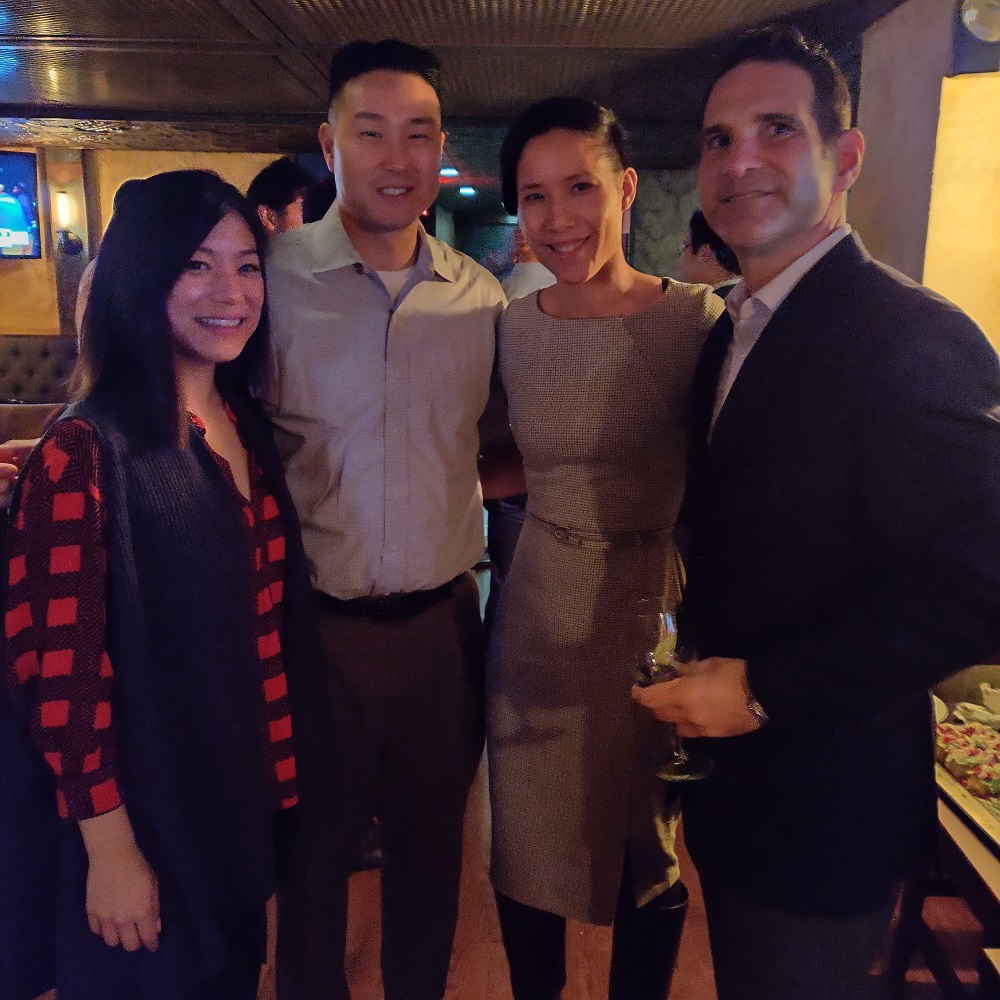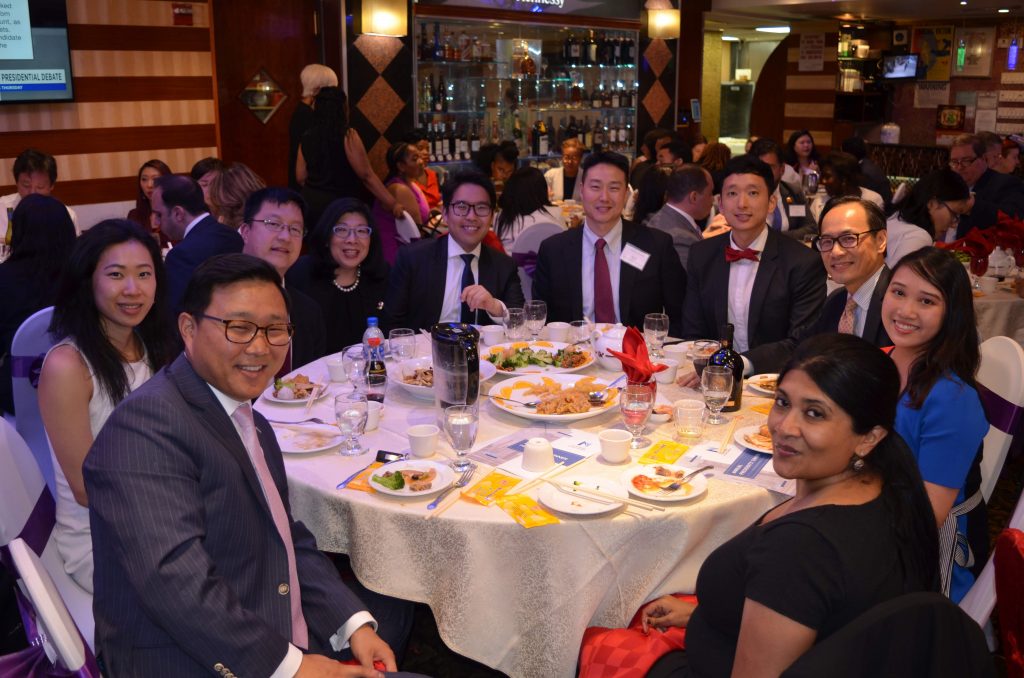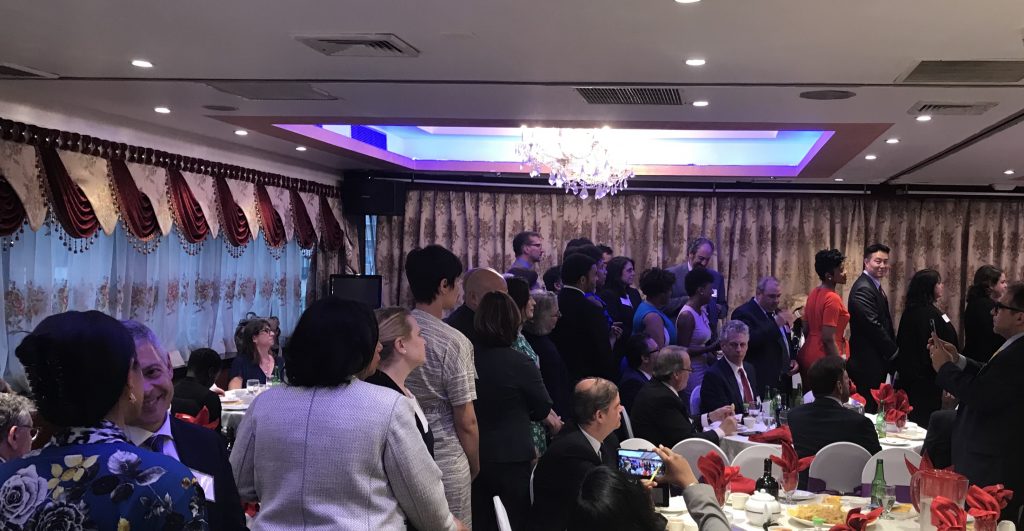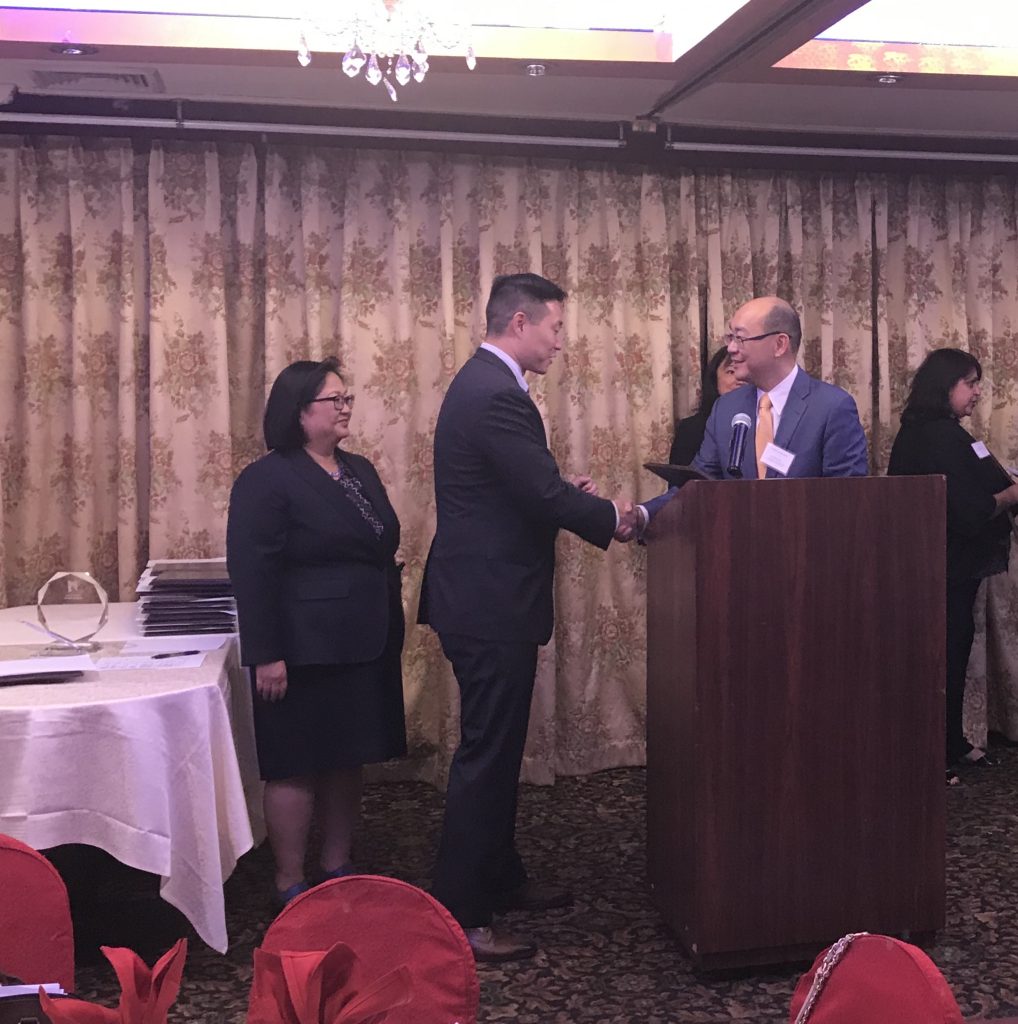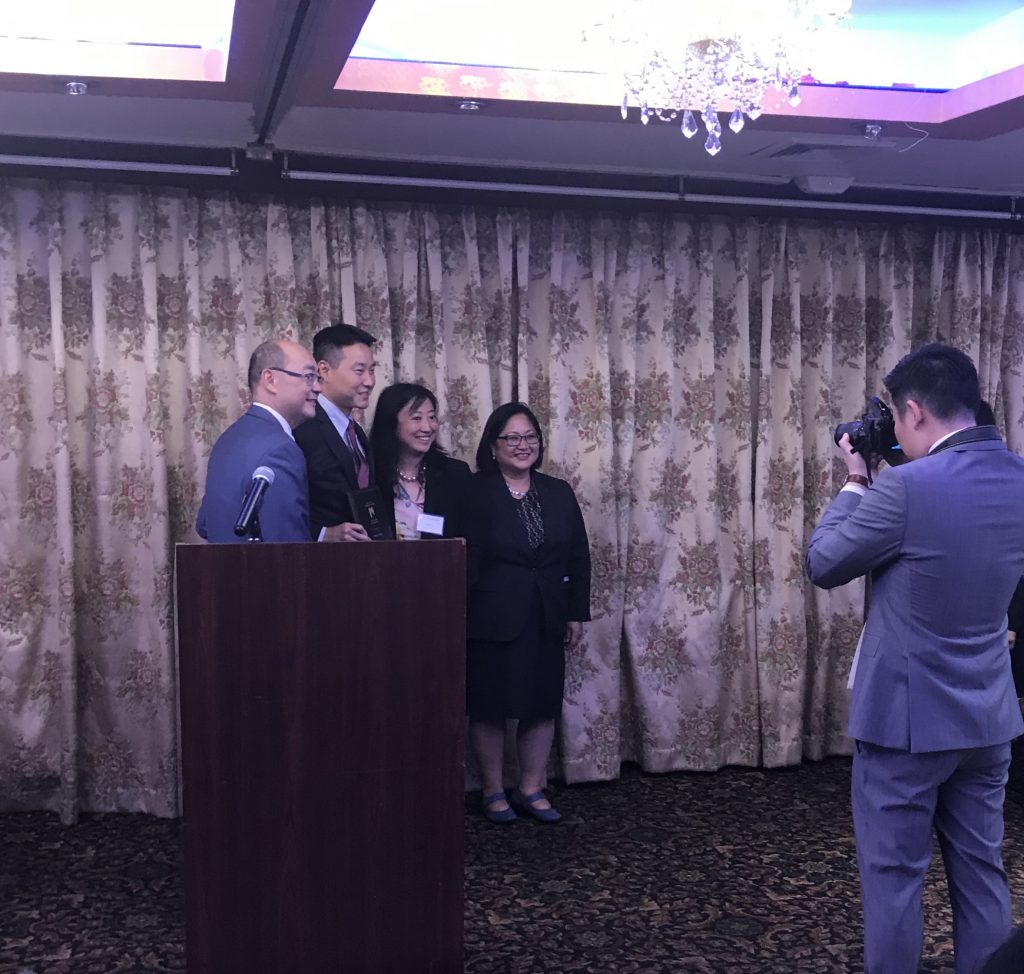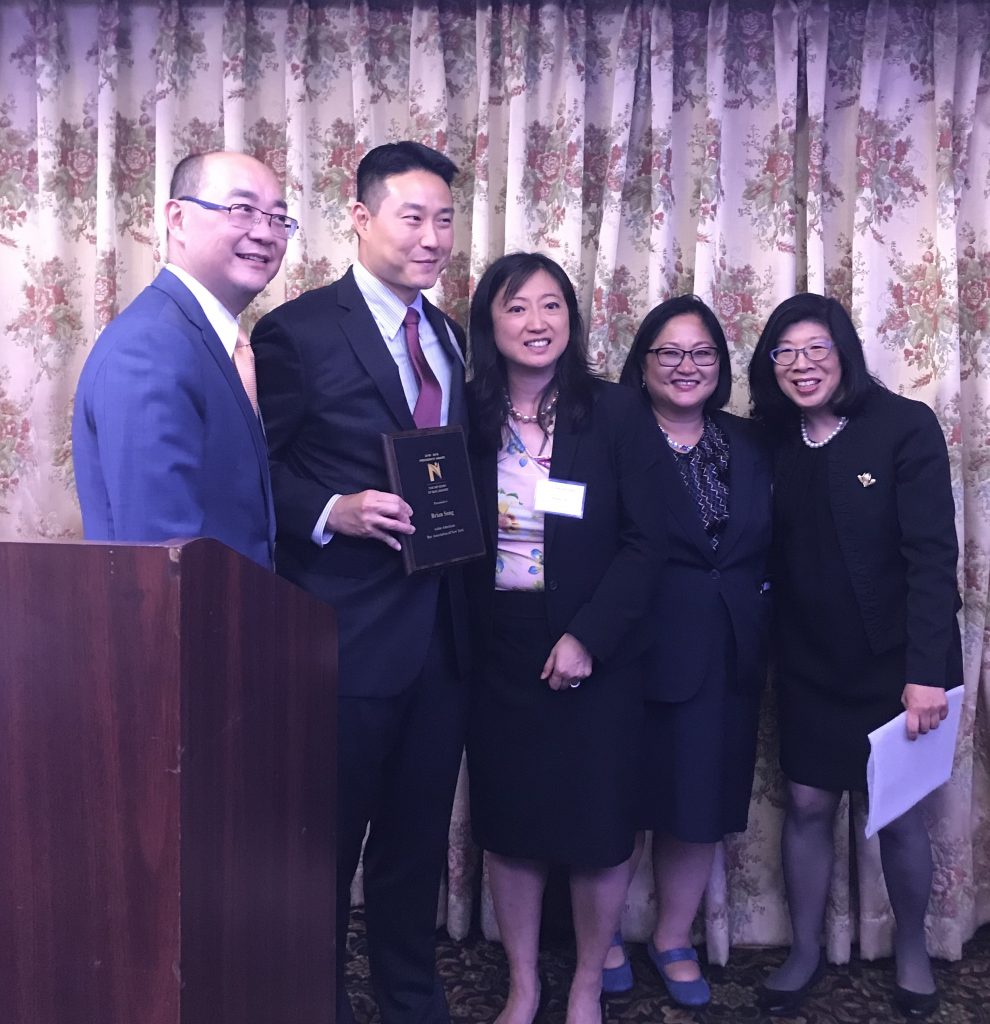In recognition of his unwavering dedication to his military service, his career and his community, the National Asian Pacific American Bar Association (NAPABA) presented the 2023 Military and Veteran Service Award to Brian Song. The Asian American Bar Association of New York (AABANY) is honored to join in celebrating this outstanding achievement and recognizing Brian’s profound commitment to the legal profession and his extraordinary service to his community. Brian will receive the award on November 11th at the NAPABA Convention in Indianapolis.
A Unique Journey of Service and Ambition
Raised by first-generation Korean immigrant parents who instilled in him a strong sense of duty and the value of service, Brian found his calling early in life. Like most immigrant parents, there were only three “acceptable” career paths in his parents’ eyes: doctor, lawyer, or engineer. From an early age, Brian wanted to be two things- a lawyer and a soldier.
After attending college on an Army ROTC scholarship, Brian faced the choice of starting his service obligation to the Army immediately upon graduating or seeking an educational delay in order to attend law school. Since a delay would allow him to realize his childhood dream of becoming a soldier and his career goal of becoming a lawyer, he chose to compete for the delay and ultimately for selection in the Judge Advocate General’s Corps (JAG). His journey was influenced by his strong desire to give back to his country. It was an unconventional path but one that has led to remarkable accomplishments.
Breaking Barriers and Building Bridges
Throughout his military career, Brian often found himself taking the road less traveled. As an Asian American officer, he was acutely aware of the scarcity of Asian American faces, especially in more senior ranks. He frequently found himself to be the only Asian American in the room during important discussions, a reality that further fueled his commitment to breaking barriers and opening doors for others.
One of the moments that resonated with Brian was the tragedy of Danny Chen, a young soldier who faced harassment and abuse in the military. Experiences like these strengthened his resolve to advocate for inclusivity and equity within the military. (You can read about AABANY’s participation in the 12th Annual Commemoration of Private Danny Chen here.)
While he acknowledges that progress has been made, there is still much work to be done to shatter the so-called “bamboo ceiling” that restricts Asian Americans’ representation in the higher ranks of the military. The lack of representation in flag officer roles, i.e., generals and admirals, is a concern that remains.
Service and Leadership in the Legal Profession
After law school, Brian’s legal career began in the JAG Corps, serving with distinction for four years on active duty from 2003 to 2007. At the end of his original military commitment, Brian volunteered to continue his service in the U.S. Army Reserve. Despite balancing a civilian career as an associate, and now as a partner, with several major law firms, Brian devoted the time and energy necessary for success in his military career. The Reserves are supposed to be one weekend a month and two weeks a year, but it is often more than that especially at the senior ranks. It is not possible to overstate the sacrifices that our military reservists make in order to continue to serve by balancing two careers along with family and other obligations.
Notably, he was part of a pro bono legal team that filed a suit on behalf of Sikh American recruits who were denied religious accommodations to both practice their faith and join the United States Marine Corps. After an initial defeat in District Court, the case — Toor et al. v. Berger et al.— continues into the next phase as the plaintiffs seek meaningful religious accommodations throughout their respective careers in the Marine Corps. Brian and his co-counsels hope that the Marine Corps will conform to the policies adopted by the U.S. Army and the U.S. Air Force.
Bar Association Work: A Calling and a Community
Brian’s involvement with NAPABA and AABANY showcases his commitment to service not only in the military but also within the legal profession. Joining bar associations was a piece of advice from mentors who emphasized its importance for career development. Although he initially felt too busy, Brian realized the tremendous value in getting involved as soon as he joined AABANY.
Brian’s contributions to the Asian American legal community have been profound. He established the Military & Veterans Affairs Committee at AABANY and later led the Military & Veterans Network at NAPABA. He hoped to bridge the gap from those transitioning from the military to civilian life, foster greater understanding among the legal community and veterans, and create a platform to discuss legal issues in which veterans have special expertise. From 2019 to 2020, Brian served as AABANY’s President.
Brian’s service, his legal accomplishments, and his deep involvement in bar associations make him a true trailblazer and an inspiration. We extend our warmest congratulations to Brian Song for receiving the 2023 Military and Veteran Service Award from NAPABA. Brian’s dedication to both his country and the legal profession is truly remarkable, and we are proud to celebrate Brian’s achievements. Click here to learn more about the Military & Veteran Service Award.
Please join AABANY in congratulating all the honorees at the 2023 NAPABA Convention.
